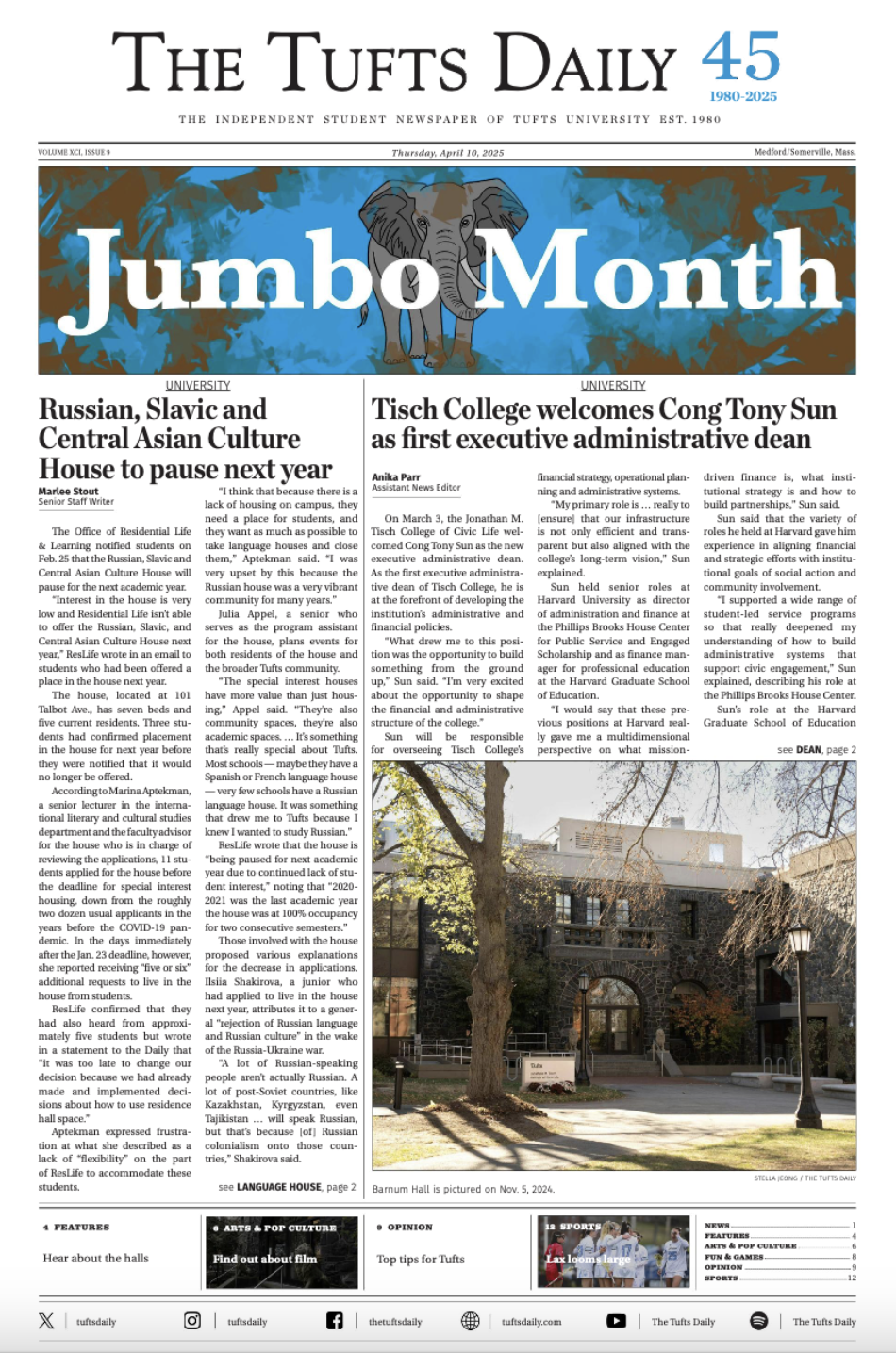Over spring break, my friend and I joined a school trip to hike Utah’s iconic national parks of Arches, Bryce Canyon, Capitol Reef, Canyonlands and Zion. Collectively known as the “Mighty Five,” their reputation held up, as I bore witness to some of the most beautiful landscapes and geological features of the world. Up for a challenge, I spent ten days driving from Nevada to Colorado, waking up at dawn to lace up my mud-caked boots and hiking until dusk with hopes of beating the crowds and maximizing my tour of the national parks. While I was able to escape the crowds — albeit with some memorable hiking scars and scrapes — the tourism which dominates the U.S. national parks is unavoidable and is doing much more than altering my hiking schedule.
In 2023, the U.S. National Parks Service reported a total of 325.5 million recreation visits, an increase of 13 million from 2022. With these records, over twenty parks broke visitation records. Included in those parks is Zion, which has just under 150,000 acres of land and had 4.6 million annual visitors in 2023. For comparison, Yellowstone has 2,221,766 acres of land and had 4.5 million visitors in 2023.
With amusement park-style lines wrapping around trails and cars trafficking parking lots, the National Park Service is at a loss for ways to maintain the natural state of the land and avoid commercialization, all while enhancing the visitor experience. In an interview with the Guardian, Yellowstone Superintendent Cameron Sholly spoke on the issue: “Historically, there have been 20 years between each additional million visitors and there was plenty of time to adjust. But getting that increase in just a 12-month period made it hard to react fast enough.”
A park as large and renowned as Yellowstone is not the only one facing overtourism. Arches temporarily closed 120 times in the post-lockdown visitation peak of 2021. In the busy season, Zion’s only main road closes in order to regulate hordes of incoming traffic, forcing visitors to take a shuttle to and from overlooks. These shutdowns have often placed many parks in “greenlock,” meaning they gridlock the parks, only allowing visitors into confined areas with scheduled tours and keeping them away from restricted areas earmarked for preservation.
Despite efforts to protect their land in the face of tourism, the national parks have undergone severe ecological and sustainable hardship. With instances such as litter falling out of backpacks and abandoned hiking gear, the National Park Service collects nearly 70 million tons of trash annually. Rangers are left responsible for managing the waste, from sorting out recycling to hiring additional cleaning staff, as Sholly commented, “All of a sudden we are having to clean the bathrooms five times a day instead of three. And we need to empty 2,000 trash cans more often.” This waste not only impacts park staff clean up but could also impose long-term effects on their local environments if not properly handled.
The traces left behind from tourists’ gift shop bags and missing sunglasses do more harm than just dirtying-up an Instragramable frame. Land degradation; air and water pollution; and habitat destruction are all areas impacted by peaks in tourism. They not only risk the health of the preserved land, but also endanger its wildlife. For example, the legendary hike up the Virgin River Narrows of Zion is known for its sky-scraping canyons and blue water, has taken a beating from the hundreds of hikers who splash through its course each day, trampling vegetative ecosystems and fish habitats. The growing number of visitors interacting with wildlife along trails poses a risk for species displacement — those voyaging off trails can ecologically damage the environment.
From a fiscal standpoint, this surge in tourism may appear to be beneficial in giving billions to regional economies and creating thousands of private sector jobs, but it greatly contributes to the commercialization of park areas and may outprice local residents. Residents of gateway towns often face raises in costs of living and experience supply chain problems that cause food to run low at local hotels and grocery stores because of the increased demand. In the same Guardian interview, Miles Keller, general manager of Yellowstone’s lodges, said “Yellowstone reached the point several years ago where there are more visitors inside the park than there are services to accommodate them.” This actively encouraged further commercialization and development.
The solution, Keller suggests, is not through infrastructure improvements, but through educational programs that teach visitors about endangered wildlife, human impact on global warming and the pressing need to support and preserve national parks. Alongside suggestions for a reservation system and limits on the number of entering vehicles, this is one approach for a compromise between the capitalists and conservationists focused on awareness.
We need to prepare and educate incoming tourists of their environmental and economic impact on national parks. Preventative measures also need to be put in place to protect endangered habitats and wildlife so the beauty of the parks can be preserved.






